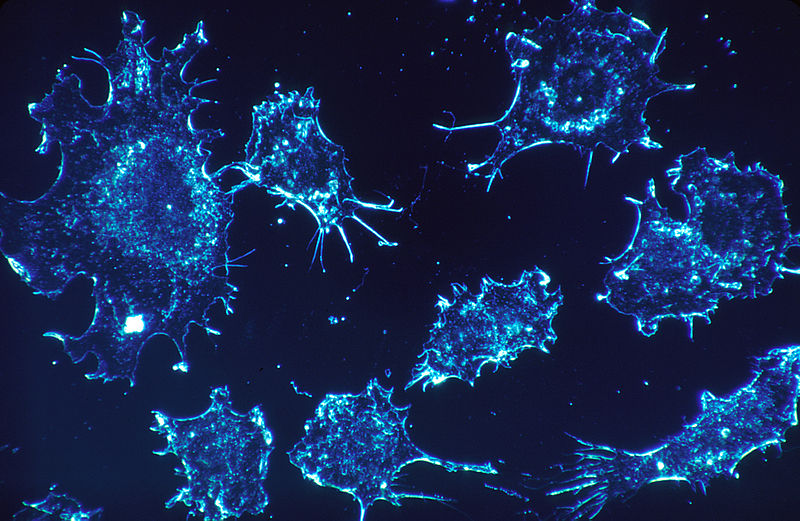Recent studies have revealed intriguing discoveries about the brain’s ability to control the on/off switch of human consciousness. One of the foremost studies was conducted by scientists at George Washington University who believe that this is a crucial element for neurological studies of the future.
The researchers studied brain waves by stimulating a specific portion of the brain of a woman who was suffering from epilepsy. After removing the stimulation, they found that the woman had no memory of the time lapse spent under the influence of the medically-induced coma. The memory lapse was caused by the claustrum, which had not been understood completely by scientists.
The claustrum is situated near the central lobe of the brain and incorporates a large-scale coordination performance function. It receives signals and waves from all parts of the neocortex, taking an anatomically similar form as the corpus callosum. Destruction of this portion of the brain can lead to severe psychological effects, like unsettling sensations.
Usually, if one part of the brain is stimulated, the rest of the brain can disengage the brain’s main engine from the drive shaft by force. This can cause a person to experience odd and involuntary sensations. Thus, after making the discovery of the claustrum’s profound effects on the brain and consciousness, researchers are now thinking of exploring it for further studies.
However, the journal Consciousness and Cognition also published a study that has somewhat restricted the areas of possibilities of exploring the claustrum’s functions. They conducted a study using combat veterans, who exhibited significant traumatic brain injuries, which deeply affected the claustrum portion of the brain. Their findings were surprisingly opposite from previous studies: They stated that the previous research data was influenced by the stimulation of the claustrum in the brain of an epileptic patient.
The results were thus distorted as the stimulation forcibly caused the brain to sever ties from the conscious mind. This may have been caused by the fact that an epileptic patient had gone through brain surgeries in the past. In contrast, here, scientists found that combat veterans had brain injuries of their own but of a different kind. The result of claustrum stimulation in veterans thus yielded quite different results.
They concluded that patients that have claustrum lesions have a longer duration, but not frequency, of experiencing the time lapse and losing consciousness. This shows that the claustrum may be responsible for regaining, but not terminating, the active state of consciousness. These findings are important to a great extent as the claustrum can be manipulated to induce special kinds of comas and dissociations.
However, as the latest research states, the claustrum of people who have permanent brain damage may not possess an on/off switch. These people can adapt their minds to extract some functions out of their damaged brain structure. However, people with lesions will show variable results.
Moreover, hallucinogenic drugs partially affect the claustrum by inhibiting the kappa-opioid receptors. This understanding of brain receptors can lead scientists to investigate the system levels of our brains to understand the concepts and rules governing memory, attention, self-awareness, intention, and perception in the future.







